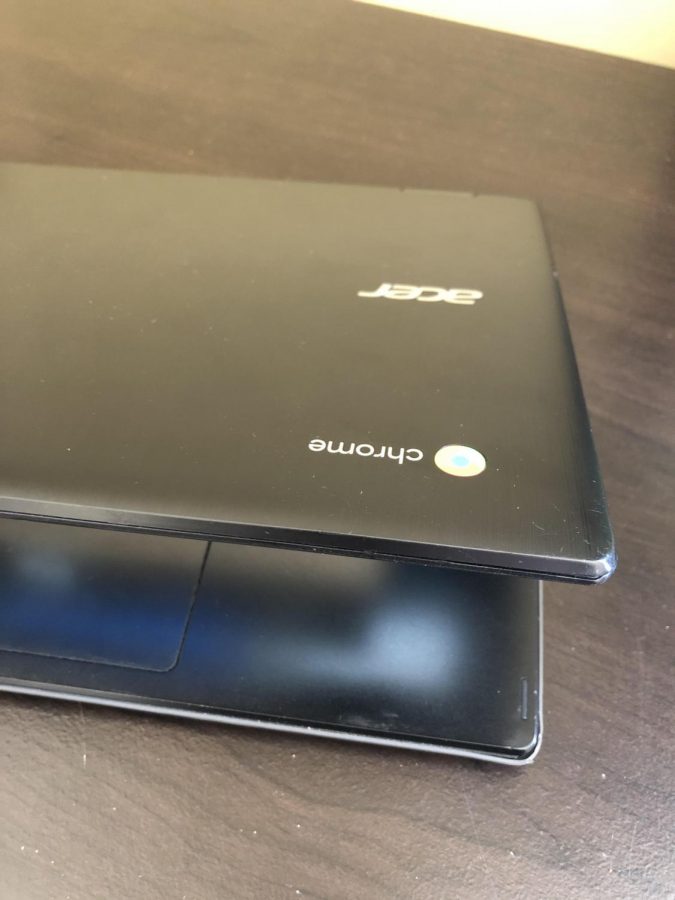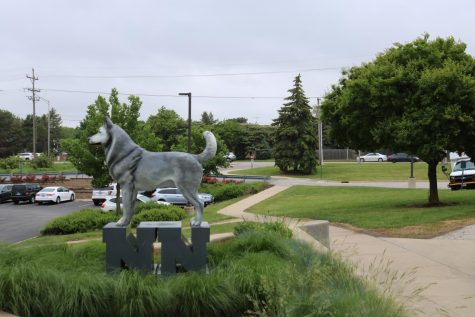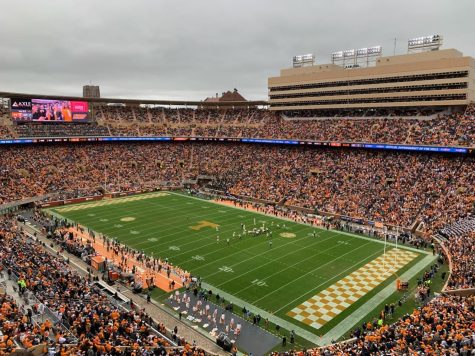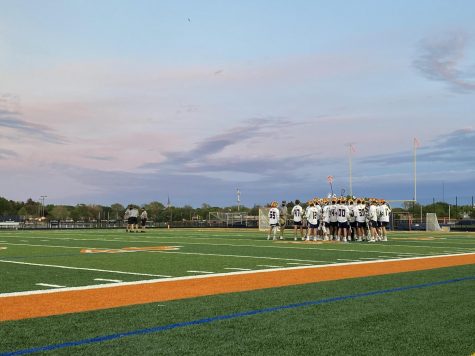The extent of District 203’s computer monitoring
Photo by Reyah Doshi
Many students are unaware of it, but District 203 routinely monitors the content on their Chromebooks.
This monitoring includes everything on the computers– information within Google chats, documents, emails and images both uploaded and downloaded. “Information will get flagged due to key words that are used (ex. drugs, self harm, suicide ideation, etc.),” Katie Genovesi, an NNHS dean, explained in an email.
Assistant Superintendent of Secondary Schools Stephanie Posey and Director of IT Infrastructure Joe Jaruseski cited federal laws such as the Children’s Internet Protection Act and the Children’s Online Privacy Protection Rule as reasons why the district monitors online activity, since it is mandated that the district follow these laws. The district’s right to monitor any and all activity on district devices is laid out in paragraphs four, six and seven of the district’s Acceptable Use Guidelines, which parents and students sign each year.
Despite the fact that this information is written in the policies, many students, like NNHS freshman Amelia Bruce, were unaware of the extent to which their activity is monitored.
“I always knew the district had some information about our Chromebooks, but I didn’t know until recently that they can literally see everything that we do on them. That would have been nice to know a little earlier,” Bruce said.
When information from a computer is flagged, there are multiple courses of action that can be taken by the student’s dean or counselor.
“Depending on the content of what is flagged, someone from the students team will contact home. In some cases we contact the student first via email,” Genovesi wrote.
This flagging system can also generate false alarms. Naperville North junior Tiffany Cheng described a situation that she found herself in as a result of the district’s monitoring system.
“I requested five dollars from one of my friends on Venmo, and I thought it would be funny if I put ‘drugs’ in the description line for the request,” Cheng said. “Venmo sends a notification to your email when someone requests money from you and my friend had her account linked to her school email. I guess the word ‘drugs’ got flagged, and the school emailed my friend and I and they called our parents to tell them that they were concerned about us talking about drugs.”
The district views this monitoring and subsequent action taken by deans and counselors as a way to help students.
“The district reserves the right to investigate student data as a means to help the student with coping mechanisms and counseling for any ‘event’,” Posey and Jaruseski wrote in an email interview. “The district is most interested in providing support to students who may indicate they are struggling with a number of concerning issues and may need support from staff or other resources.”
However, some students find the monitoring intrusive.
“It should be allowed to some extent because I understand that they should identify signs of self-harm and things like that, but looking at all of our photos and all of our emails is kind of invading our privacy,” Bruce said. “Some things don’t really need to be looked at by the district.”
Freshman Luke Golobitsch believes the district is casting too wide a net when it peers into their data.
“It’s a little unfair for the district to be looking through everything we do like that,” Golobitsh said. “They have the right to collect the information, but I feel like they should only go back and look through it if we did something wrong.”
For their part, district officials said the district is trying to be protective.
“Administration often uses these types of incidents as teachable moments to educate our students on the digital footprint and the potential consequences of misuse,” Posey and Jaruseski said.

Reyah is a senior at North and is excited to take on the role of Editor-in-Chief in her third year writing for The North Star. This year, she hopes to...











Nicholas Chen • Mar 7, 2021 at 9:41 pm
This is really neat as a story. I find it funny how it’s a bit like the debate over federal surveillance.